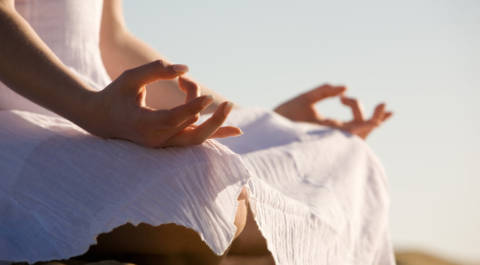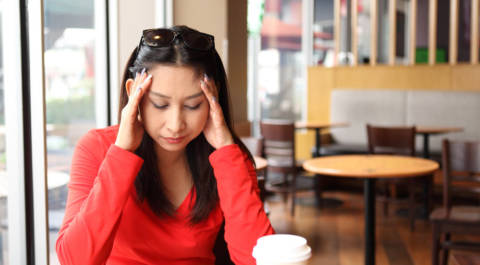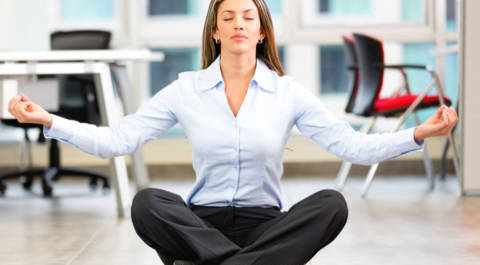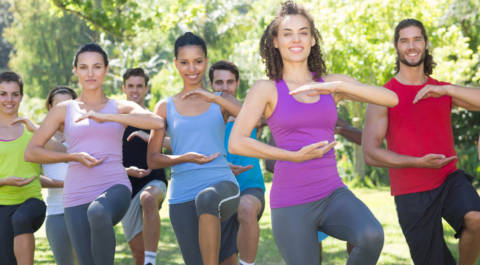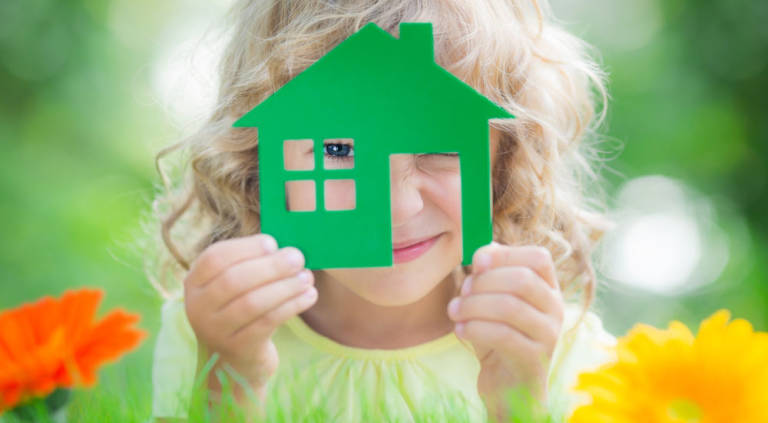
Empty lots, dilapidated school buildings, and graffiti-filled neighborhoods are realities for a millions of people in the United States. While our country touts is power on the global stage, our domestic citizens are suffering through poverty and barren infrastructure. Detroit, St. Louis, Los Angeles, and even our nation’s capitol, Washington D.C, all have some of the worst ghettos and poverty-stricken areas in the U.S.
Like Organic Soul on Facebook
To make matters worse, the country remains crippled from the recession. The unemployment rate is at an astonishing 9.6 percent, and according to some statistics, the “underemployment” rate is at an unbelievable 22.5 percent. Then again, national statistics hardly reflect the pressure in some areas; El Centro, California, for instance, has an official unemployment rate of 30.4 percent, tripling the national level. Something has to be done.
Sifting through all of the redevelopment projects and ideas, the one that seems the most promising is the one that incorporates green building principles. Clearly defined, “green building principles” refers to the integration of sustainable and environmentally safe methods, resources, and designs into architecture and community development.
Cooling Neighborhoods with White Roofs
One example of the application of these principles is the found with White Tops, a non-profit organization that is focused on saving energy, keeping cool, and helping the plant. According to the organization, by painting the roofs on buildings white, the overall heat is decreased and, in effect, less energy is needed to cool the inside. With less energy needed, less CO2 is pumped into the atmosphere and living becomes more affordable.
Energy Secretary Steven Chu endorses the idea completely. In fact, Chu argues that painting every roof in the nation white would be the equivalent of taking away all the worlds vehicles for 11 years. While some environmentalists note the exaggeration of this claim, the positive effect of white roofs is real.
With a white roof, the overall energy usage of a home or building can drop by an amazing 40 percent – nearly half the total energy – because white helps reflect energy from the sun. This can help a single house and an entire neighborhood. In urban areas were there are blocks of black roofed houses and buildings, something known as the “urban heat island effect” takes place. Essentially, the heat attracted by the black roofs warms both the buildings and the surrounding area, making the entire area warmer than it otherwise would be.
With white roofs, however, the opposite can occur and cool entire neighborhoods. In crowded places like New York – which just had a record heat wave this summer – this has been noted by residents and White Tops is in high demand. In fact, on the White Tops website, they offer a landscape map to view all of the roofing. Because of this, energy bills drop dramatically, offering a much needed boost in the home budget.
Some major supporters of the white roof plan are President Bill Clinton and President Barak Obama. Recently, White Tops won the Clinton Global Initiative commitment, securing an international grant that will allow the organization to further its goals. In addition, President Obama included white roofing in his Green Initiative plan. With the simplicity and efficacy of the white roof plan, the US looks toward a brighter future.
Revitalizing our Public Places
In addition to white roofing, refurbishing and remodeling public places is a vital step in community development. Supported by large numbers of voters, community reinvestment plans include installing solar panels of roof tops, low-energy required automatic doors, and waterless and low flow toilets and urinals. In some places, for example, state and local communities has already implemented services like natural gas bus lines.
And with the economy in the pits, places like libraries, parks, markets, and playgrounds have become more important than ever before. Instead of spending money on going to the mall or movies, people more often flock to their local park to play with their dog or exercise.
While the start up for many of these projects can be costly, they pay back over time through conservation. Many places that have already made the switch are seeing results; for one, the drop in energy usage has lent a helping hand; and two, people are giving positive feedback. For example, efforts that focus on making buildings ‘green’ have grown in demand all over co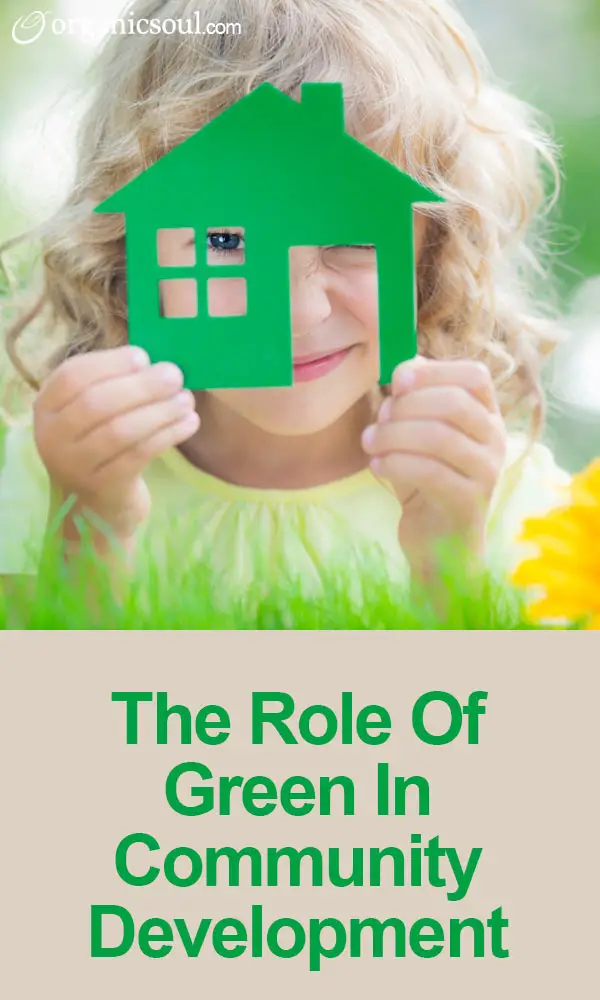 llege campuses. Many schools simply refurbish, but others have completely demolished and rebuilt buildings fitted with the last technology in energy conservation.
llege campuses. Many schools simply refurbish, but others have completely demolished and rebuilt buildings fitted with the last technology in energy conservation.
Unemployment remains to be a tough issue to tackle, but cutting spending and using that money elsewhere to stimulate the economy is a good start. As the country struggles to get back its feet, the lower classes will be feeling the most pressure. Through community development that integrates strong, green building principles, however, we can help lift an economic and social burden. Dropping energy bills helps save money, and refurbishing neighborhoods and schools helps build national moral.
For more information on White Tops, visit their website at www.whitetopsnyc.org.






